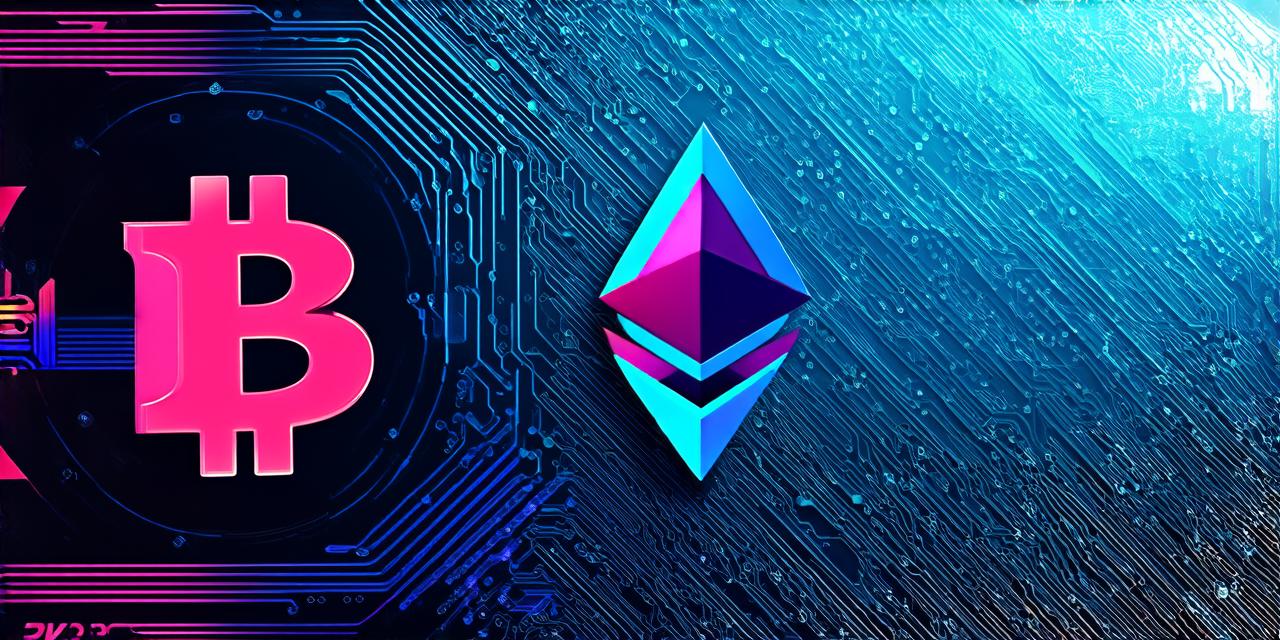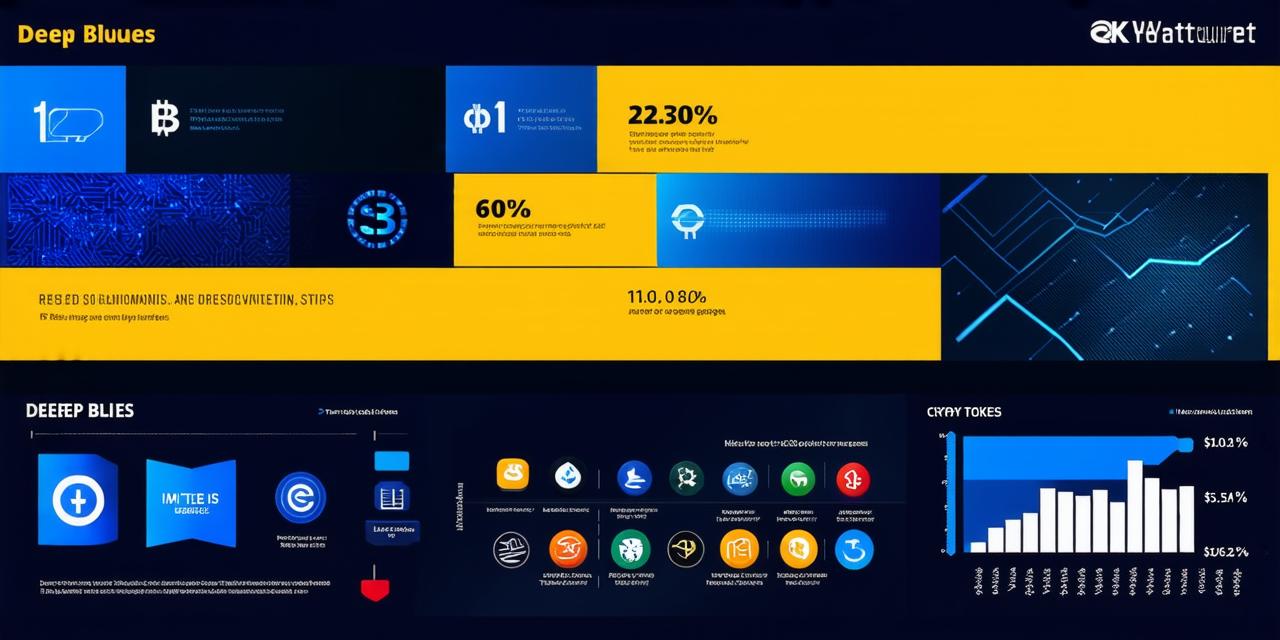Introduction
The world of cryptocurrency is expanding at an unprecedented rate, and many people are looking for ways to enter this exciting new market. For crypto developers, there are numerous opportunities to make money through various means, including mining, staking, and trading. In this article, we will explore these options in detail, along with practical tips and best practices for each method.
Mining Cryptocurrency
Mining is the process of using powerful computers to solve complex mathematical problems that secure a blockchain network. In exchange for their computing power, miners are rewarded with newly minted cryptocurrencies. This process requires specialized hardware and a significant amount of electricity, making it a costly endeavor. However, for those willing to invest the upfront costs, mining can be a lucrative way to generate passive income.
One popular cryptocurrency for mining is Bitcoin (BTC). As the first and most widely adopted cryptocurrency, BTC mining offers high rewards and a large market for trading. To start mining Bitcoin, you will need to purchase specialized hardware such as GPUs or ASICs, which can cost thousands of dollars. You will also need to sign up with a mining pool, which allows you to combine your computing power with that of other miners to increase your chances of earning rewards.
Another option for mining is Ethereum (ETH), which is the second-largest cryptocurrency by market capitalization. ETH mining requires more specialized hardware than BTC mining, but it offers higher rewards and a more diverse ecosystem of applications. Additionally, ETH mining can also provide access to decentralized finance (DeFi) applications, which offer new opportunities for earning passive income.
Staking Cryptocurrency
Staking is another way for crypto developers to generate passive income through the blockchain. In staking, users lock up their cryptocurrencies in a smart contract to help secure the network and earn rewards for their contributions. Staking does not require specialized hardware like mining, but it does require a certain amount of capital to get started.
One popular cryptocurrency for staking is Ethereum (ETH), which currently offers an annual return rate of around 5-6%. To stake ETH, you will need to set up a wallet and connect it to a staking platform such as Binance or Coinbase. You will also need to purchase ETH, which can be done through any cryptocurrency exchange.
Another option for staking is Dash (DASH), which offers an annual return rate of around 8-9%. Dash staking requires a minimum deposit of 1000 DASH and allows users to earn rewards based on the amount of DASH they stake. Additionally, Dash stakers can also participate in governance decisions for the network through a voting system.
Trading Cryptocurrency
Trading cryptocurrency involves buying and selling digital assets on cryptocurrency exchanges. This can be a high-risk, high-reward strategy that requires technical knowledge and careful planning. However, for those willing to take on the risk, trading can offer significant returns on investment.
To start trading cryptocurrency, you will need to set up an account with a cryptocurrency exchange such as Coinbase or Binance. You will also need to purchase digital assets using fiat currency or other cryptocurrencies. To make a profit from trading, you will need to buy low and sell high, taking advantage of market fluctuations and trends.
One popular strategy for trading cryptocurrency is day trading, which involves buying and selling assets within the same day. Day traders require a fast-paced trading style and the ability to quickly analyze market data. To be successful in day trading, it is essential to have a solid understanding of technical analysis and risk management strategies.
Another option for trading cryptocurrency is scalping, which involves buying and selling assets within seconds or minutes. Scalping requires high liquidity and fast execution speeds, making it best suited for experienced traders with access to high-speed trading platforms.
Case Studies
To illustrate how crypto developers can make money through these various methods, let’s examine a few real-life examples.
Mining: In 2017, a miner named John Doe purchased a GPU that cost $300 and used it to mine Bitcoin at an energy consumption of 1 kWh per day. At the time, the price of Bitcoin was around $1,000, and mining rewards were worth approximately $5 per day.



